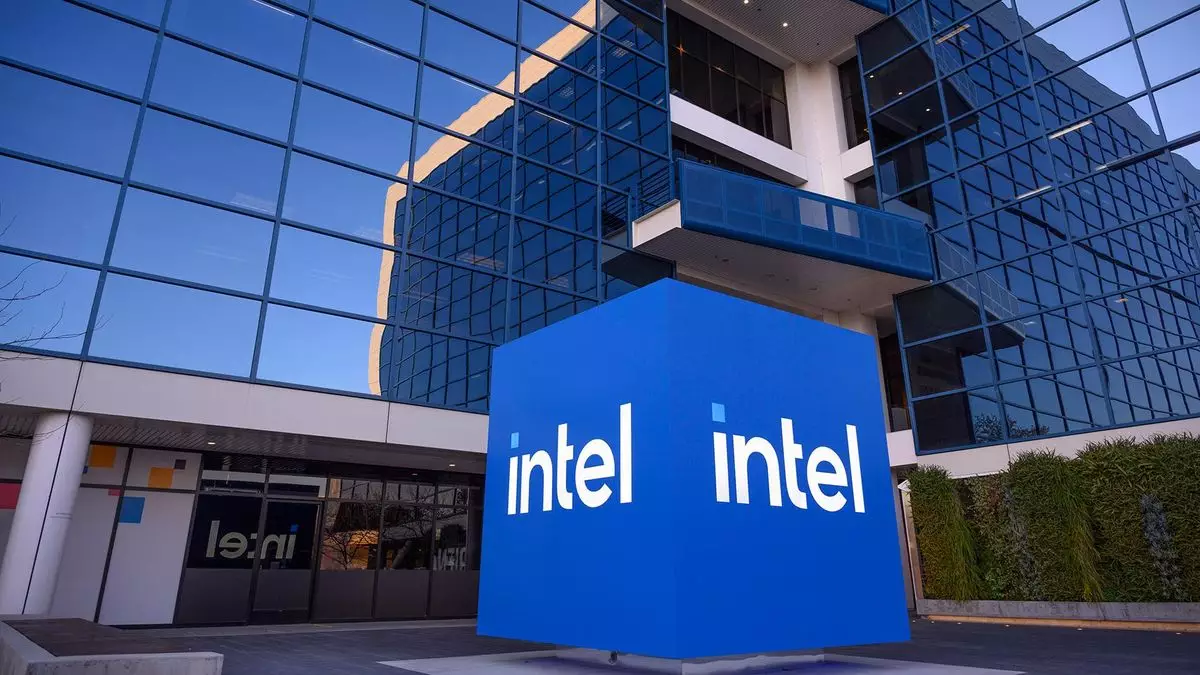The evolution of technology is replete with pivotal decisions that can define the fate of entire corporations. One of the most illuminating examples in recent history is Intel’s failed bid to acquire Nvidia, a move that would arguably have reshaped the landscape of both companies. This miscalculation paints a sobering portrait of how corporate culture, entrenched practices, and a lack of visionary leadership can lead to missed opportunities with profound long-term implications.
In the mid-2000s, Nvidia was still in its growth phase, with a market valuation of approximately $20 billion. Yet, Intel’s then-CEO, Paul Otellini, recognized the potential of Nvidia as a game-changer within the tech ecosystem. At a board meeting, Otellini proposed acquiring Nvidia, sensing the impending significance of graphics processing technology in a data-driven future. However, the board’s resistance, fueled by concerns regarding the hefty price tag and a narrow focus on Intel’s existing x86 processor dominance, ultimately led to his retreat from the proposal.
This meeting has since been characterized as a “fateful moment”. It marks a critical junction where Intel’s leadership could have chosen to invest in a burgeoning sector that would go on to define the AI revolution. The foresight of some executives was evident, as they acknowledged the intrinsic value graphics chips would hold for future data centers. However, the prevailing corporate culture—described as insular—hindered any breakthrough thinking and fostered a mindset that prioritized the status quo over ambitious expansion.
Intel’s corporate culture during this period has been likened to the characteristics of a “single-cell organism”: monolithic and lacking adaptability. This insularity encapsulated a single-minded focus on the x86 architecture, relegating other innovations and potential acquisitions to the periphery of corporate strategy. The lucrative returns from x86 processors created a comfort zone that stifled risk-taking and innovation; a vivid reflection of how success can breed complacency.
Such a mindset breeds concern for any organization, especially when the landscape is rapidly changing. Craig Barrett, a former Intel executive, compared the x86 business strategy to a creosote bush, which effectively poisons surrounding vegetation. This metaphor proves particularly poignant when considering how Intel’s unwavering confidence obstructed their ability to recognize and invest in emergent technology companies that, as history has shown, offered potential for exponential growth.
Otellini’s caution in the face of the Nvidia opportunity foreshadowed Intel’s later struggles with the Larrabee project. Intended to be a convergence between high-performance graphics and Intel’s traditional PC chip design, Larrabee floundered in execution, failing to deliver on expectations due to underwhelming graphics performance and logistical challenges. Current CEO Pat Gelsinger has expressed that a successful venture into this domain could have drastically curtailed Nvidia’s growth—indicating a lingering belief in the strategic merit of entering the graphics market.
Despite the poor execution of Larrabee, Gelsinger’s return to Intel has breathed life into some ambitious plans. Yet, the shadow of past decisions looms large over the company. Assisted by the lessons learned from failed projects, Gelsinger is left to grapple with an organization burdened by its own history of regretful choices and missed investments.
Fast forward to the present, and Intel finds itself grappling with mounting challenges—widespread layoffs, public dissatisfaction with manufacturing quality, and the specter of dwindling market relevance. Their inability to act on transformative opportunities left them trailing competitors, such as Nvidia and Advanced Micro Devices (AMD), who seized the moment in the realms of AI and GPU development.
Intel’s reluctance to invest in what could have been pioneering partnerships, such as a potential stake in OpenAI during its formative years, has compounded its financial woes. The missed opportunity that could have taken a mere $1 billion investment and transformed it into an $80 billion valuation further illustrates how missteps are predicated on corporate myopia.
Intel’s narrative is an essential case study in understanding that success in the tech industry often hinges on the ability to foresee changes in market dynamics, pivot towards innovation, and embrace strategic risks. The haunting refrain from the quote, “you miss 100% of the shots you don’t take,” resonates strongly in their story—a lesson for companies aiming to avoid doing the same in an ever-evolving technological landscape.

